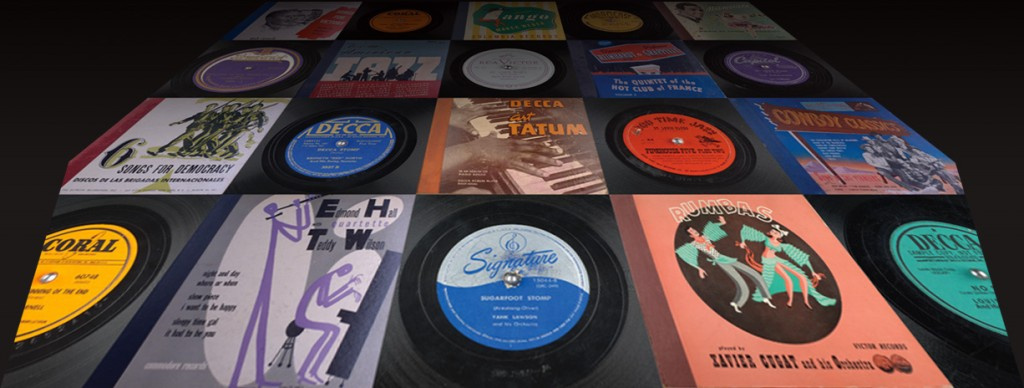The Internet Archive digitized 25,000 shellac records

For almost a year now, the Internet Archive has been engaged in digitizing hard turntables with 78 revolutions as part of the Great 78 Project . Gramophone shellac records are the oldest format used before the LP (microchannels). The 78 rpm plates are made from shellac, a natural resin excreted by the females of some insect worms. This is a fragile material. Therefore, they are most in need of preservation; we can lose these records forever.
To date, the Great 78 digital recordings archive has grown to 25,989 records . They are dated 1902-2013 years, and most of the records fall on the period of the flourishing of shellac plates, that is, for the years 1939-1954.
According to the estimates of the Internet Archive activists, in the period from 1898 to the 1950s, approximately 3 million three-minute records were released on 78 rpm records. Although those of them that have commercial value, later restored to LP and CD, but still the original artifacts are of great research significance.
For physical preservation and digitization, the Internet Archive selected 20 collections , now there are about 200,000 records. The main work was undertaken by the digitization studio of audio / video / films of George Blood, LP .
 Digitized recordings in free access allow researchers from around the world to study rare books without endangering the original medium. When digitized, they are not subjected to any processing filters. All noises are intentionally preserved, sometimes very significant. Researchers publish several records for each plate, obtained by reproducing four stylus of different shapes and sizes (2.3-3.8 mm, in the photo), so that different types of analysis can be carried out. The best sound quality is achieved when using a truncated 2.3 mm conical stylus.
Digitized recordings in free access allow researchers from around the world to study rare books without endangering the original medium. When digitized, they are not subjected to any processing filters. All noises are intentionally preserved, sometimes very significant. Researchers publish several records for each plate, obtained by reproducing four stylus of different shapes and sizes (2.3-3.8 mm, in the photo), so that different types of analysis can be carried out. The best sound quality is achieved when using a truncated 2.3 mm conical stylus.
Shellac plates are truly an abandoned format. The plates are very ancient, and if an unprepared person simply takes one of these plates in his hands - it can fall apart right away. The Internet Archive has allocated funds for saving, just in case, not only digital recordings, but also the originals themselves. This increases the likelihood that future generations will retain access to our cultural heritage, in digital or physical form.
The Internet Archive is not the only one who is engaged in the digitization of shellac records. Separate entries from enthusiasts can be found on YouTube .
All Articles